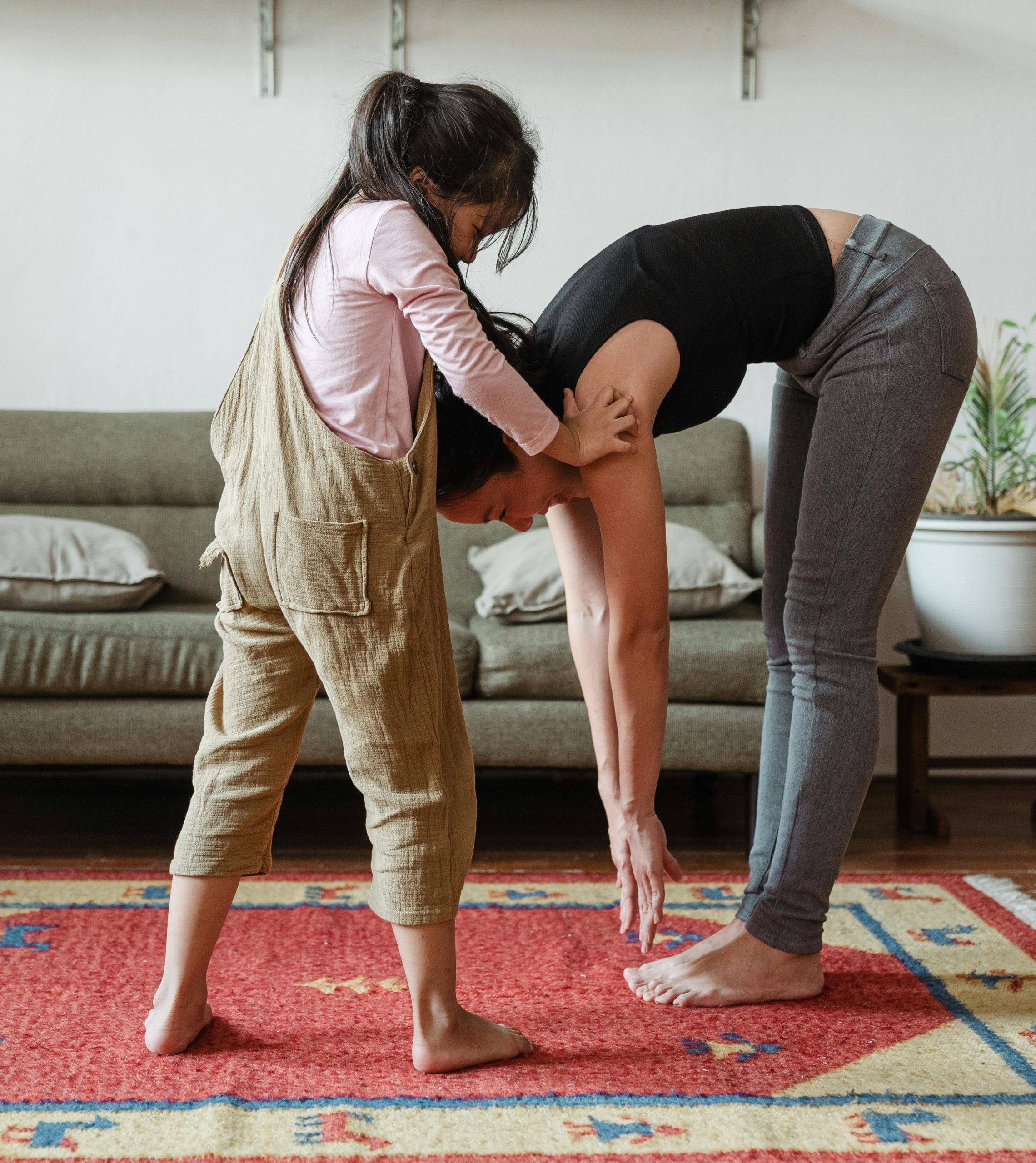
The Myth We’ve All Been Told
If you’re raising a child with ADHD, you’ve likely been told—by teachers, parenting books, or even well-meaning family—that “good parents keep a strong routine.”
The idea is that if you just make a consistent plan, your mornings will run smoothly, homework will be done on time, and bedtime won’t be a battle.
But here’s the truth: most routines are designed for neurotypical brains. And that’s why they keep breaking down in ADHD families.
This doesn’t mean you’re doing it wrong. It means the system wasn’t built with your child—or your own brain—in mind.
Why Rigid Routines Fail for ADHD
ADHD brains work differently when it comes to executive functioning. Skills like task initiation, organization, and time awareness don’t come automatically—they require extra support.
A “rigid routine” often expects children (and parents) to move through a strict checklist at precise times, without taking into account things like:
- Low dopamine in the mornings → making it hard to get started
- Sleep challenges → leading to groggy mornings or late nights
- Emotional regulation struggles → where one unexpected event derails the whole plan
- Need for novelty → strict repetition quickly feels boring, and motivation plummets

Research backs this up: one study in the Journal of Pediatrics found that children with ADHD who had supportive routines were 50% less likely to show oppositional behaviours—but only when those routines were designed in ways that felt safe and predictable, not rigid
So the problem isn’t structure itself—it’s the kind of structure.
The Reframe: Rhythms vs. Rules
Instead of rules like “Brush your teeth at 7:15 every night or else,” ADHD families thrive with rhythms.
A rhythm is an intentional flow to your day—predictable enough to feel safe, but flexible enough to adapt to changing moods, energy levels, or unexpected events.
Here’s the difference:
- Rules: “Lights out at exactly 8:30, no exceptions.”
- Rhythms: “We always start winding down with quiet activities after dinner. Some nights it’s 8:15, some nights 8:45, but the flow is the same.”
Rhythms take the pressure off by externalizing executive function. Your child doesn’t have to constantly decide what’s next. Instead, the rhythm acts as a gentle guidepost.

Real-Life Examples of Rhythms in Action
- Morning Launchpad Rhythm: Clothes and school bags prepped the night before (less decision fatigue), wake up with music, move through steps in the same space (brush teeth, get dressed, breakfast)—not a rigid clock, but a consistent flow.
- Evening Wind-Down Rhythm: After dinner → tidy up together → quiet activity (reading, drawing, Lego) → bedtime routine. Predictable steps, but no panic if it starts later than planned.
- Weekly Rhythm Anchor: Friday night is always “family night”—sometimes a movie, sometimes a park picnic. The activity shifts, but the rhythm stays the same.
These rhythms offer the same predictability as routines but without the rigidity that often leads to conflict.
Why This Works (The Research Connection)
- Predictability reduces anxiety. When kids know what’s coming next, they feel safer and less oppositional.
- Less decision-making supports executive function. Visual schedules and repeated flows reduce cognitive load.
- Flexibility builds resilience. Rhythms help kids learn to adapt to life’s natural disruptions without spiraling.
One study on ADHD family interventions highlighted that when parents created adaptable routines, children showed significant improvements in task initiation and emotional regulation
A Trauma-Informed Approach
Many ADHD families have been burned by the “routine myth.” You try, it fails, and then shame creeps in—“Why can’t I just get this right?”
That shame cycle is its own form of trauma. A trauma-informed lens says: “It’s not you failing—it’s the system that wasn’t designed for your child.”
Rhythms, instead, create a compassionate structure—one that honours your child’s brain while still providing the scaffolding they need.

Rigid routines don’t work for ADHD families because they demand something the ADHD brain can’t easily give: perfect timing, consistency, and compliance.
Rhythms work because they provide safety, predictability, and flow—without rigidity.
Final Thoughts
If you’re ready to trade the routine struggle for ADHD-friendly rhythms, I’d love to support you.
👉 Join the Chaos to Calm waitlist for free resources and to be the first to hear when you can join us for this month’s masterclass! The ADHD Rhythm Reset: Anchors That Actually Work at Home
Recent Comments